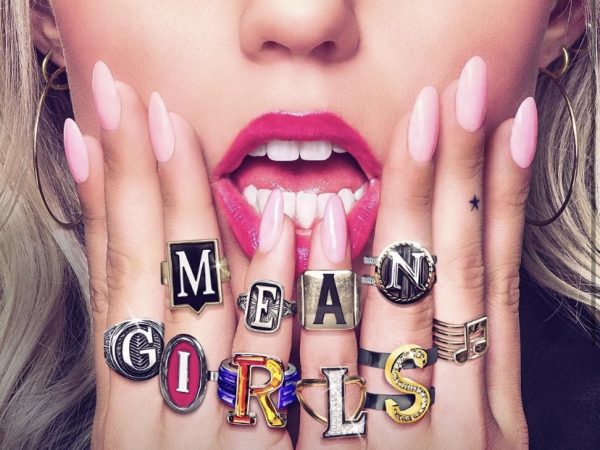A Bad Ending Isn’t a Bad Thing
This article contains spoilers for the movies Ida and The Lighthouse.
2014’s Ida, directed by Pawel Pawlikowski and starring Agata Trzebuchowska, starts with an orphan girl living at a Christian orphanage with many other teenage girls. They eat inedible slop for every meal and spend most of their day praying or working in the freezing cold. But one day, just as Anna is about to take her Christian vows, a woman named Wanda Gruz arrives, claiming to be her aunt. Not only does this woman claim to be Anna’s only living relative, but she reveals that Anna is actually Jewish and her real name is Ida. From here Wanda takes Ida on a ride of identity and discovery. She discovers her family’s farm, falls in love and learns of all the wonder that the world holds. The movie ends with Anna walking back to the orphanage, cold and angry; angry at her aunt, angry at herself.
The ending of Ida is shocking. It stings and lingers in your mind like a swollen wound. But this isn’t a bad thing. A bad ending helps a movie develop a connection with the viewer, and it helps one think more critically about what they just watched. The ending of Ida perfectly fleshes out Ida as a character, even in the movie’s final moments. She was never anything more than a lonely girl who was looking for safety, and religion is the only thing that ever gave that to her. Even when she had a life ahead of her, she couldn’t handle not having safety and comfort.
The Lighthouse is the latest example of a bad ending done right. The movie follows two lighthouse keepers who get trapped after a heavy storm and slowly descend into claustrophobic madness in an excellent mix of horror and drama. The older and more experienced lighthouse keeper, Thomas, is always warning the younger Ephraim to not go near the light at the top of the tower. But when only Ephraim remains after a long series of nightmares and breakdowns, he does exactly that. He opens up the light and, after a disturbing scene of violent screaming, proceeds to fall all the way down the stairs. The final shot of the movie is Ephraim’s body being eaten by seagulls on the rocky shore.
The Lighthouse is even grimmer than Ida. It ends with one of two characters axing the other, and the one remaining goes insane and gets eaten by seagulls. But it, like Ida, makes you think of what you just watched. How stable were these characters to begin with? Thomas was already cracking, seeing as he regularly sat next to the light naked and talked to it seductively, while Ephraim reveals that he isn’t actually Ephraim Winslow. Ephraim was actually a co-worker who he let die in an accident. His real name is Thomas as well, adding even more confusion to an already chaotic movie. But this misfortune all started after Ephraim brutally killed a seagull, which he was expressly forbidden from doing by Thomas, because seagulls apparently contain the souls of dead sailors and killing one will bring misfortune upon the one who did it. If Ephraim had not acted upon his primal instinct and killed that seagull, would any of this had happened? But if Thomas hadn’t warned him, would he still have been tempted to do it? It’s questions like these that make a brutal ending like this one so much more enthralling.
A happy ending is not a bad thing. A happy ending can still be as perplexing, or as thought-provoking as any bad ending. But that sinking pit in your stomach when all the characters meet a terrible fate, when the world gets blown to smithereens; it forces you to look for a reason as to why this happened. What message was this meant to convey, and where is the silver lining, if there even is one. And if art makes you squander to find it’s meaning, is that not the purest art can be?

Lucca Swain is a senior writer for The Owl and is currently in his third year of working for the publication. Lucca joined The Owl because he loves writing about and exposing readers to the topics and ideas that fascinate him, and this year he is extra committed to furthering that goal, despite how challenging it can be. In his free time, Lucca enjoys reading, listening to music, and exercising. Lucca also is also a firm believer that green grapes are superior to their purple brethren in every way, especially in flavor and texture.





